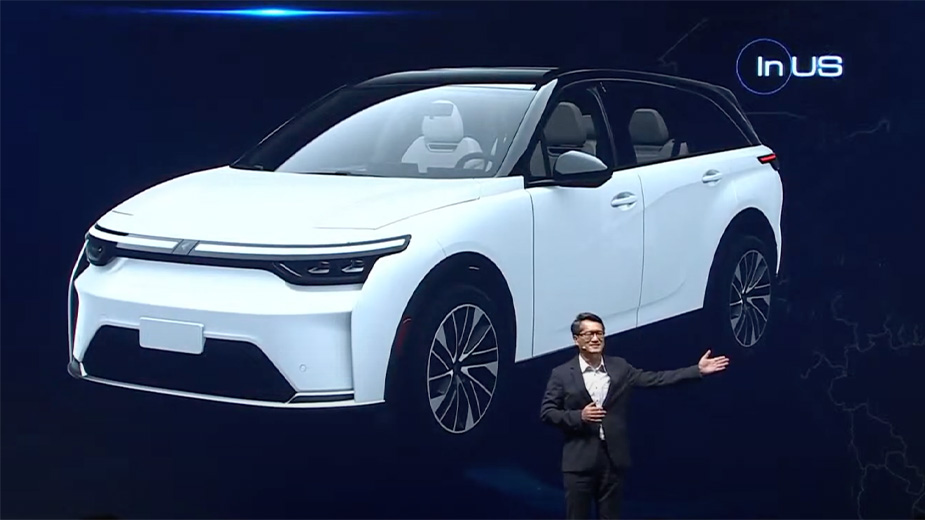Research Report: Ohio EV Investments Should Target Cathode Manufacturing
LORDSTOWN, Ohio – Ohio’s next step in taking a leadership role in the electric-vehicle supply chain should be to develop and attract investments in cathode active materials, or CAM, the chemicals used to manufacture electrodes in EV battery cells.
So posits a research report, “Ohio Battery Supply Chain Opportunities,” prepared in February by the Natural Resources Defense Council, JobsOhio and Benchmark Mineral Intelligence, a consulting firm.
“This investment would provide the largest jobs and taxable revenue opportunity for the state, and would lead to the establishment of the first lithium-ion battery supply chain hub in the USA,” the research report states. “There is currently no large-scale CAM manufacturing production in the United States.”
Critical to leveraging this investment is the Ultium Cells EV battery plant under construction in Lordstown, according to the report. Ultium, a joint venture between General Motors Co. and Korea-based LG Energy Solution, plans to begin manufacturing EV battery cells this summer and employ more than 1,100 at full production next year.
CAM manufacturing could account for one-third of the potential jobs that would be needed to supply the Lordstown plant, the report estimates. Moreover, these jobs would include positions such as processing engineers, chemists, equipment operators, and those hired for administrative and management duties.
“Once a CAM investment is attracted to the state, Ohio will have created a positive feedback loop with the larger EV industry,” the report states.
Although raw materials such as nickel and cobalt used in CAM manufacturing are not easily procured in Ohio, the state’s logistics and accessible freeway system allows for importation from states such as North Carolina and from Canada.
The addition of battery recycling operations could also help alleviate supply chain issues relative to rare earth materials, the report found.
Public policy to attract CAM and other supply-chain opportunities should include incentives in order to make Ohio a viable global competitor. China and the European Union, for example, have implemented generous incentives packages and developed opportunities to pair increasing EV sales with manufacturing.
The investments recommended by the report include state incentives intended to bolster EV charging infrastructure. This in turn encourages more EV adoption, components and parts manufacturing, and other ventures related to both electrification and alternative energy.
“As the industry continues to innovate and steer itself toward a future focused on a growing EV supply chain, this report solidifies Ohio’s value proposition as a premier destination for future innovation,” said J.P. Nauseef, CEO of JobsOhio.
The report noted that Ohio has made a multidecade commitment to the automotive supply chain, resulting in more than 90% of Ohio’s exports related directly or indirectly to the automotive industry.
This, coupled with a well-developed infrastructure and logistics network, puts the state in prime position to serve growing consumer interest in electric vehicles.
Ohio has the second-largest automotive workforce in the country. The state is projected as a top destination for solar development in the Midwest over the next five years. Both are key advantages that make Ohio a logical place for future investments in the EV supply chain.
“Ohio has a unique position in the domestic supply chain for electric vehicles,” said Andy Leyland, head of supply chain strategy, Benchmark Mineral Intelligence. “Ohio is a premier location for cathode active materials manufacturing. A successful effort will create a positive feedback loop that will help to attract other aspects of this supply chain, including anode manufacturing, chemical processing, and even recycling.”
Copyright 2024 The Business Journal, Youngstown, Ohio.



